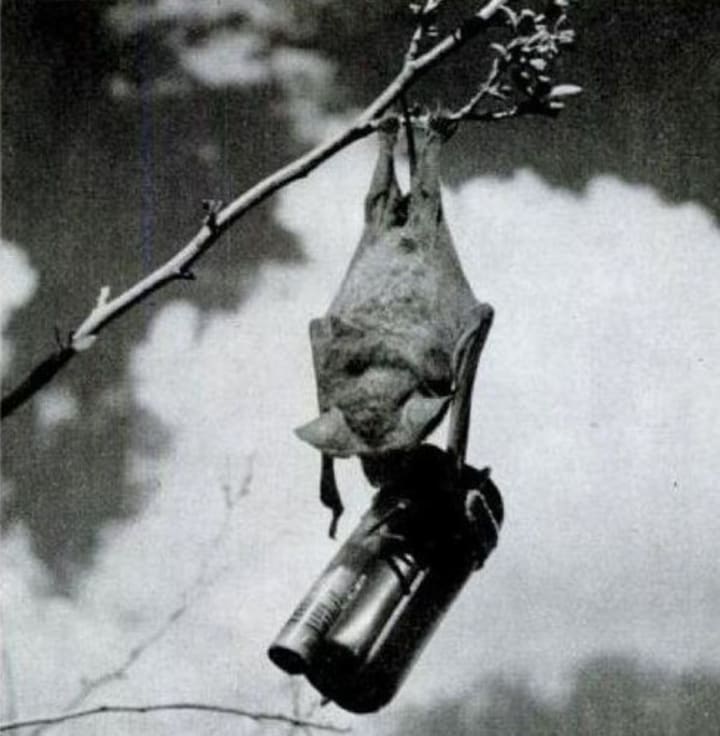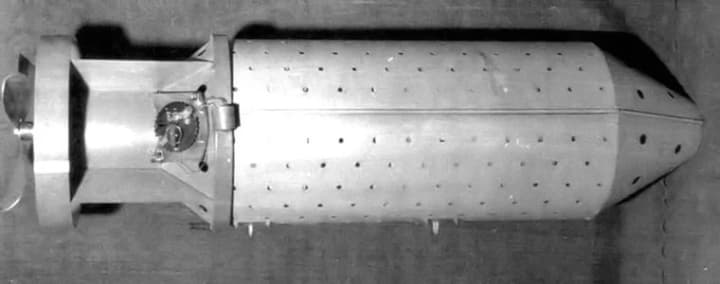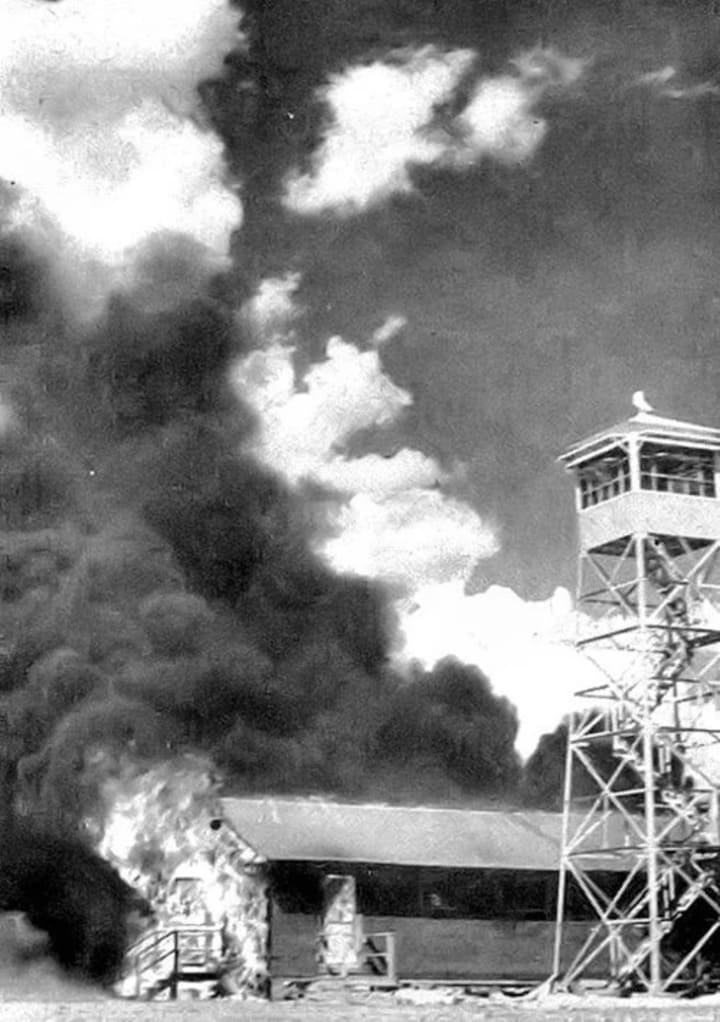
"War breeds innovation..."
- First Lieutenant Chandra
In the heat of World War II, the United States grew desperate for new military technology to turn the tide of the war. The White House was flooded with letters from diligent and concerned US citizens proposing a wide range of war schemes and technological attempts.
President Franklin D. Roosevelt received one such letter in mid-January of 1942 from a Pennsylvania dentist by the name of Lytle “Doc” Adams. In this letter, Doc promised a "practical, inexpensive, and effective plan."
The plan?
To attach bombs to bats.
It received the green light.
The Development of Bat Bombs
After a research team was assembled, there were a series of questions that needed to be answered: (1) What species of bat should be used, (2) what kind of miniature bomb would fit, and (3) how would you attach a bomb to a bat?
The Military considered several species of bat: The rare mastiff bat with its 20+ inch wingspan, the ubiquitous, but sensitive mule-eared bat, or (what was ultimately picked), the Mexican free-tailed bat. Once the bat was picked, testing could begin on the type of bomb. So in 1943, the army began using large nets to collect Mexican free-tailed bats from Carlsbad Caverns (this practice is now highly illegal).

After the issue of the bats had been resolved, it was time to develop the bomb. A Mexican free-tailed bat only weighs about half of an ounce, and could only carry between 15 and 18 grams of material. It was decided that tiny capsules of napalm would be the most effected incendiary agent to use.
After the bomb was developed, the researcher needed to figure out an adequate way of attaching the bomb to a bat. They tried everything from surgical clips to string, but ultimately ended up using an adhesive glue.

Now, with a bat, a bomb, and a means of attachment, there was only one more aspect of the weapon to figure out... how to use it.
For this to work, bats were put into low-temperature environments to induce a hibernating state. Then, after the bats were fitted with bombs, they were put into large metal canisters that could house over 1000 bats. The canister would be dropped from a high altitude, and as it fell (slowed by a parachute) the bats would warm up enough to wake up and escape. The bats would then seek refuge in dark corners, such as homes or public buildings, and a 15-minute timer would ignite the napalm. As many Japanese buildings and towns were made of flammable wood buildings, this weapon was specifically made to devastate those types of cities.

Testing the Bat Bombs
One of the first tests took place at Muroc Lake, California, where 6,000 bats were released with dummy bombs. However, the first test got the project off to a rocky start. As Allan Duffin wrote, "some of the bats failed to wake from hibernation and simply fell to earth; others chose to fly away into the sunset, never to be seen again."
Another test with live incendiary rounds caused a mishap at the Carlsbad Army Airfield. Some of the armed bats were accidentally released, and the small creatures ran away to roost under a fuel tank. This resulted in an explosion that incinerated the test range and destroyed one General’s car.
Eventually, tests showed that the bats could effectively be used for firebombing cities. However, funding for the project was eventually cut in favor of other research (i.e., the atomic bomb). So despite the lethal effectiveness of the incendiary bat bomb technique, the project was canceled due to the unpredictability of the bats.
Because as it turns out, bats cannot be trusted with bombs.

~
Thank you for Reading!
If you enjoyed this piece, you may also enjoy this article by Bri Craig...
Main Sources:
- “‘Bat Bombs’: WWII’s Project X-Ray.” Warfare History Network, 29 Mar. 2023, warfarehistorynetwork.com/article/bat-bombs-wwiis-project-x-ray/.
- “Bat Bombs and Balloons on Fire: Bizarre Occurrences in WWII National Parks (U.S. National Park Service).” National Parks Service, www.nps.gov/articles/batbombsandballoons.htm. Accessed 13 June 2023.
- Kass, Harrison. “America’s Secret Bat Bomb: Dropping Exploding Bats on Japan to Win the Second World War.” The Debrief, 22 July 2021, thedebrief.org/americas-secret-bat-bomb-dropping-exploding-bats-on-japan-to-win-the-second-world-war/.






Comments (1)
Interesting story!!! When reading, my first thought was correct. There is no way to control a bat!!! Loved it!!!♥️♥️💕